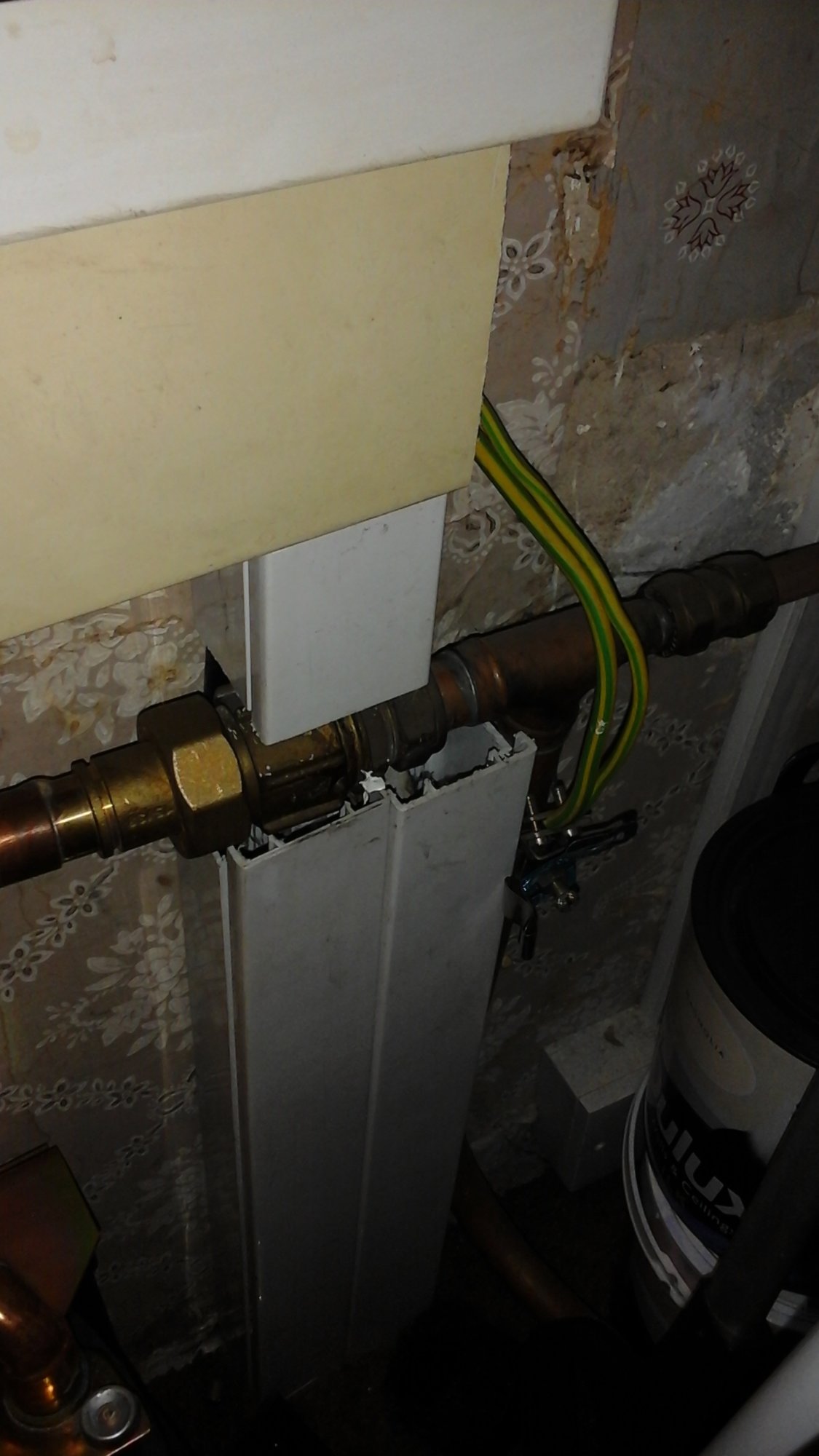Why have they altered it now then? Can't have it both ways.So how do you explain the 16th reg that i assume Alan is referring to which basically says where there IS an Insulating section at the point of entry then bond within 600mm of the Meter outlet union if internal, surely they realise that it is NOT an Extraneous part and require that bond for some other reason.
Never assume those in charge know what they are doing.
Of course, the regulation authors are not actually nor really in charge.


